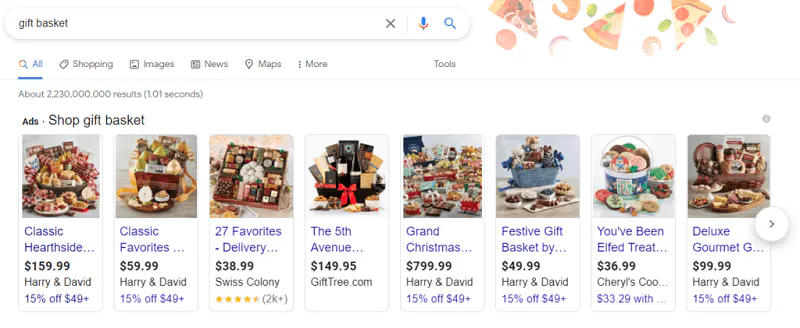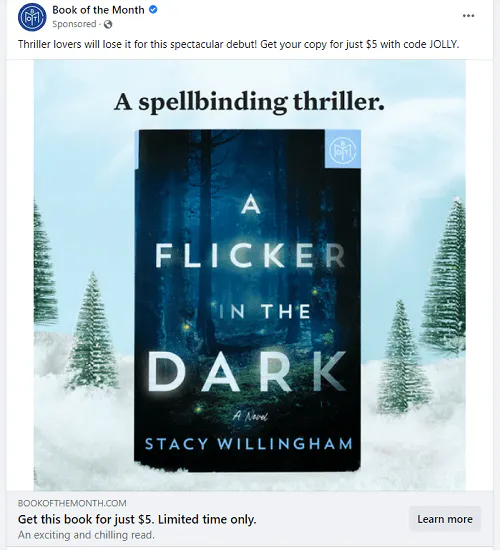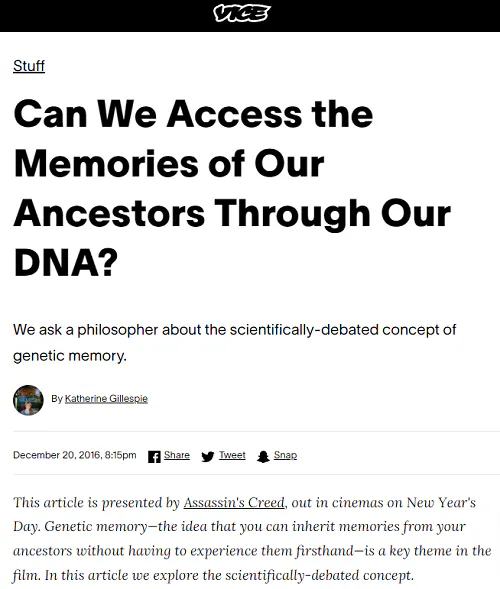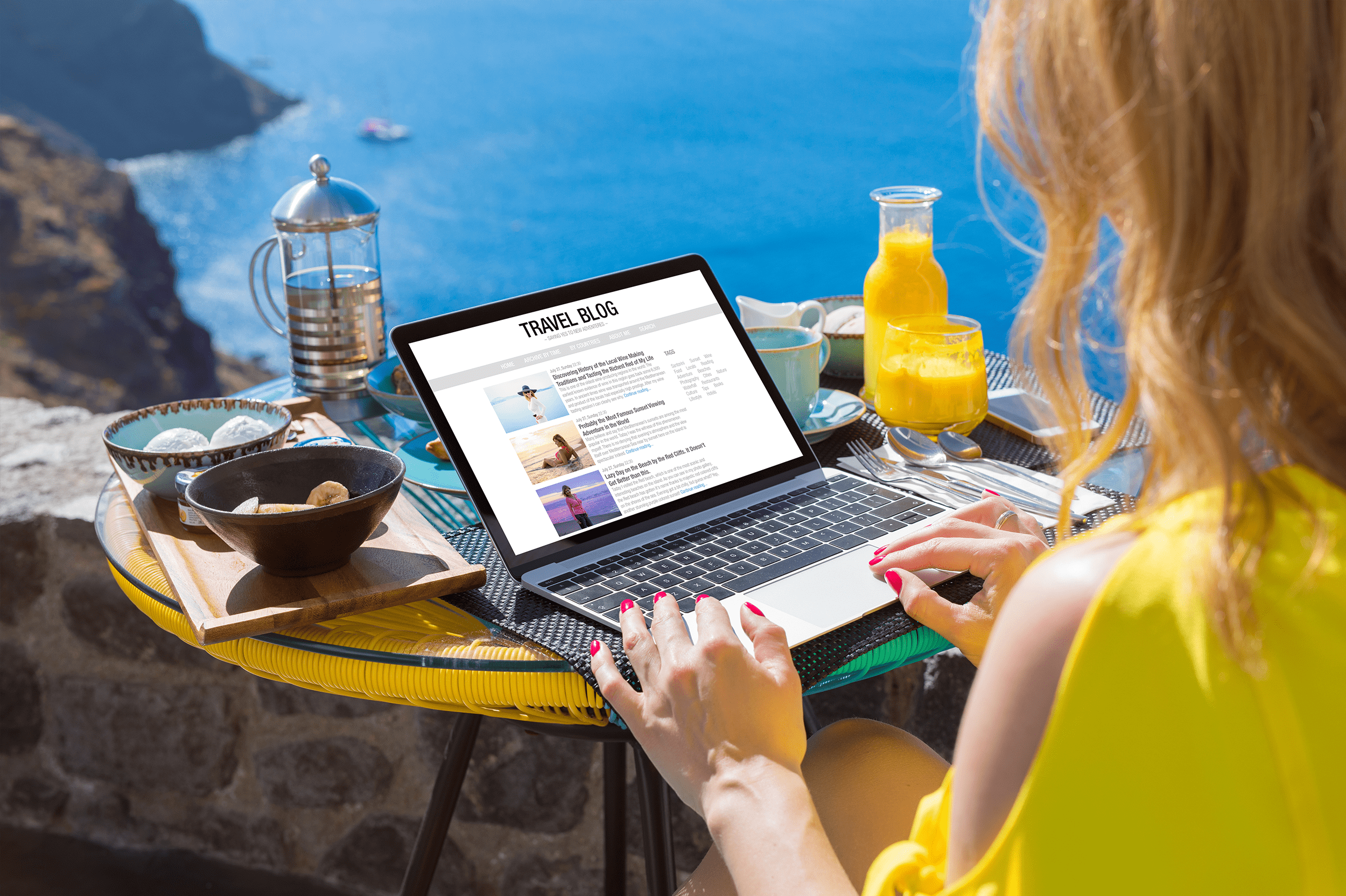According to Pew Research, 85% of Americans use the internet daily, and nearly 31% of American adults admit they’re online virtually all the time. That makes the internet the prime target for advertisers in today’s marketplace, more than newspaper, radio, and other traditional types of advertisements.
But if you’re first breaking into the online advertising scene, it’s not immediately clear where to start and what to do. This guide explains what online advertising is, in general, and the most common types of online advertising to use.
What Is Online Advertising?
Online advertising is the process of marketing to internet users in some way. Like other forms of advertising, online advertising can promote products or services. The benefit of advertising online is that you can use data to pinpoint the exact type of person who would benefit the most from your ad. And, your ad can display at crucial times when your audience is most likely to take action, like after viewing a specific product on your website.
Types of Online Advertising
It can be challenging to specifically define online advertising because it takes on so many forms. Here are some of the most common types of online advertising, along with examples of each and tips for making them successful.
Paid Search Advertising
Paid search ads are those that marketers pay to display in search engine results.
Example
Screenshot via Google
Go to Google and type in gift basket. The results will display several gift baskets from companies that paid for advertising targeting that and similar keywords. Google marks both text and image ads in search results so that you know they’re paid ads.
Tips
Paid ads can be extremely successful when they’re used correctly. The most important part of setting them up is targeting the right audience.
To do that, it might take a little trial and error at first. When you run paid ad campaigns through Google, you can use analytics to explore your audience data and learn who is most drawn to your ads, tweaking your targeting as needed. Check out this guide to Google advertising to get started setting up your ads.
Paid Social Advertising
Paid social ads display on social media platforms, like Twitter or Instagram. These ads behave a bit differently with each social media platform and may show in places like news feeds or stories.
Example
Screenshot via Facebook
This Facebook ad is marked with the word Sponsored under the brand’s name so that Facebook users know it’s an ad. The image includes a CTA (“Learn more”) to encourage users to click on it for more information. You can interact with the ad as usual through commenting and liking or reacting.
Tips
Paid social media ads vary between platforms, so it’s best to really get to know one platform before moving on to another. Facebook is one of the best to try first, as its ad setup is relatively straightforward, and marketers find success daily on it. Check out these Facebook ad examples to get started.
Display Advertising
Display ads are those that show on websites. Sometimes, they’re in the sidebar, in the site’s header, or sprinkled through the site’s content. Others show up as banners or pop-ups. You can advertise directly on a site or use an advertising network to display ads on relevant sites.
Example

Screenshots of Target display ads
Target featured two types of ads displaying the same list of deals on one site. One, an in-content display ad; the other, a small banner ad at the bottom of the screen. Both work well to catch a viewer’s attention without interfering with the site.
Tips
Learn how to set up display ads as a beginner. Then, make sure your ads reflect your brand well, are engaging and clear for the viewer, and target the right audience. Here are some tips for optimizing banner ads.
Content Marketing
Content marketing is a form of advertising that’s more subtle than others when used correctly. For example, a blog post might include a small mention of an insurance brand and its offerings with a link when talking about life insurance benefits. It can also take on the form of email marketing, with emails encouraging subscribers to visit a site, purchase something, etc.
Example
Screenshot via Vice
This Vice article was sponsored by Assassin’s Creed, an upcoming movie with a theme relevant to the story. It’s the perfect example of how content can be paid for but still provide the reader with helpful information.
Tips
Content marketing shouldn’t really feel like marketing. Instead, any advertising in content should feel like it belongs there, wherever a buyer might be on their journey. It’s a good idea to enlist the help of an experienced content marketer — if your budget allows — who can outline and build your strategy properly.
Influencer Marketing
Influencer marketing uses people with large, engaged followings on social media to promote a product or service. Brands often partner with celebrities, but influencers can also be people who have grown to become admired figures within communities of social media users.
Example
Screenshot via Instagram
This photo and recipe is a paid partnership with Challenge Butter, which Instagram denotes near the influencer’s name and the influencer marks in the caption using the #ad hashtag.
Tips
Like content marketing, influencer marketing should feel genuine to audiences. Your product or service should blend seamlessly with an influencer’s niche, allowing them to create a post that adds value to their audience in some way.
Best Practices for Online Advertising
Online advertising incorporates several forms of marketing, each with a unique style and rules. Based on the information above, choose just one or two types of online advertising that make sense for your business. Once you master those, you can open your strategy to include more advertising forms.
Keep in mind that the best forms of marketing and advertising are often free. Word-of-mouth marketing, for example, doesn’t cost a dime, yet it’s highly effective. So how can you cultivate word-of-mouth marketing in the digital world? Install social media share buttons on your blog or website to make it easy for your visitors to share your content on their social media platforms with a single click. Each share opens up the opportunity for discussion and captures the attention of your existing customers’ friends, family, and/or professional networks. Best of all, ShareThis’ share buttons are easy to install and totally free to use!








